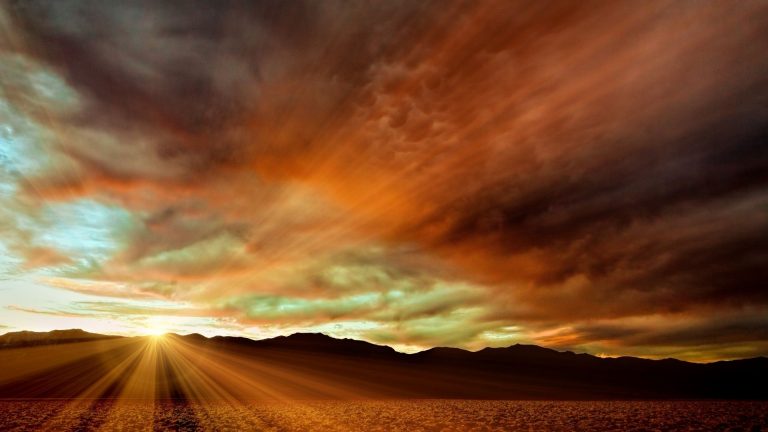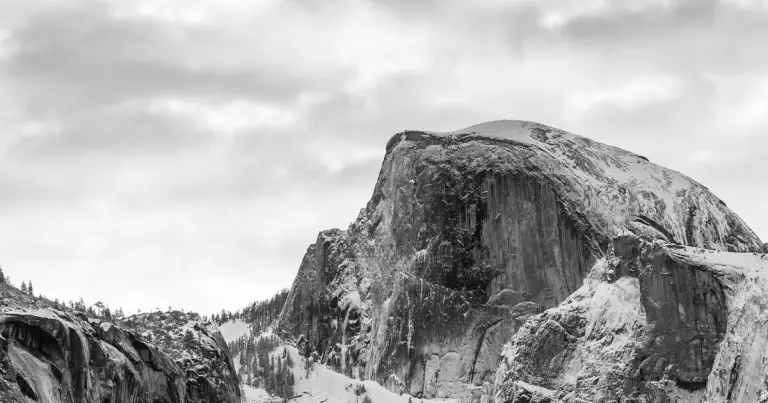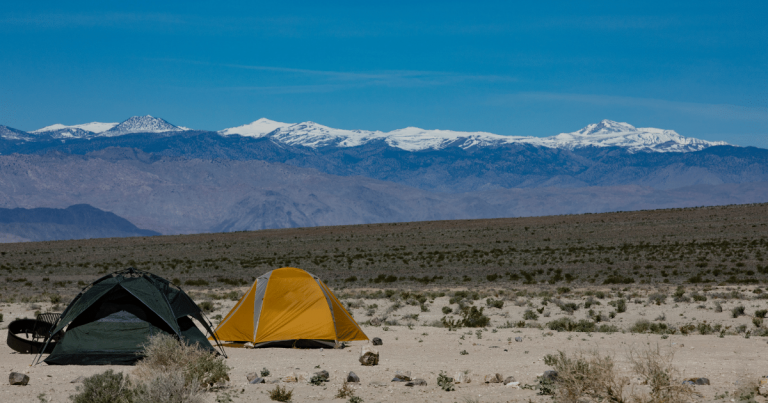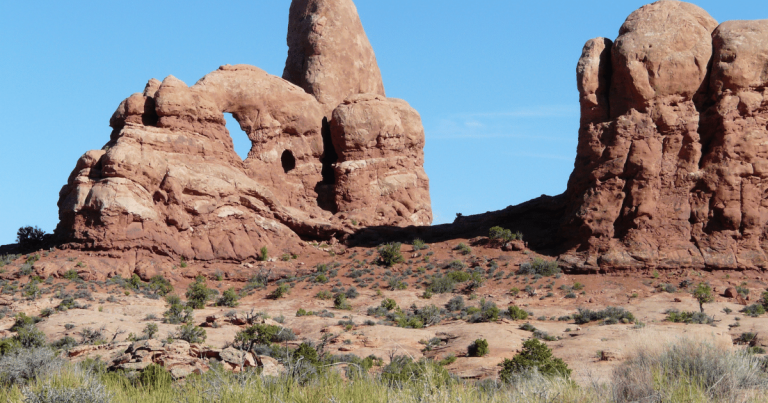Standing Tall: Sequoia Tree vs Redwood Compared
In the lush landscapes of North America, two arboreal giants command attention with their towering presence – the Sequoia Tree vs Redwood. Nature’s skyscrapers, these colossal trees, evoke a sense of wonder and admiration. While their similarities might initially baffle the casual observer, delving into the intricate details reveals a fascinating tale of distinction. As nature’s architects, these majestic trees captivate the imagination of all who encounter them, but understanding the nuanced difference between Redwood and Sequoia is key to truly appreciating their unique characteristics.
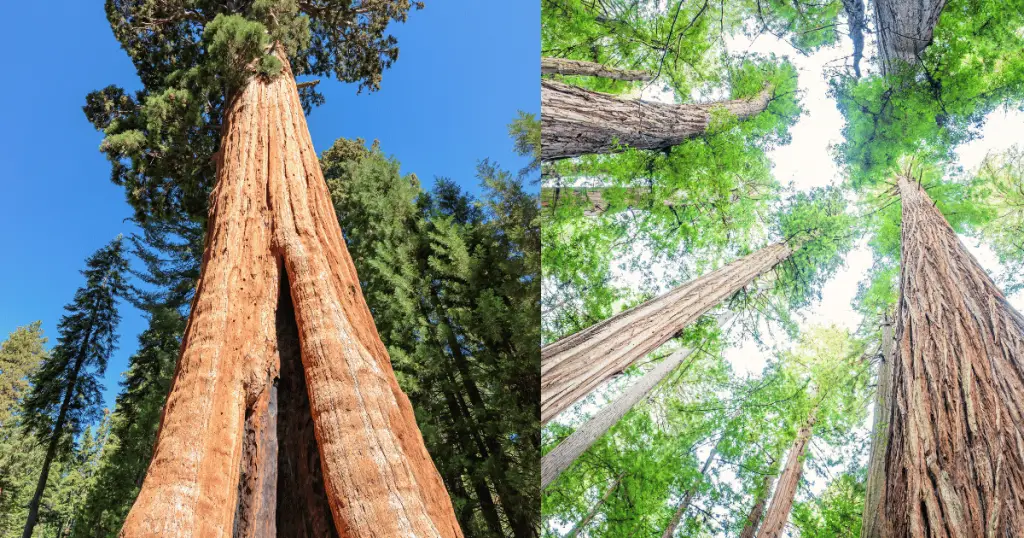
Sequoia vs. Redwood: Unraveling the Giants of the Forest
The Sequoia and Redwood trees, while often confused due to their imposing size and similar leaf structure, each possess unique traits and inhabit distinct ecosystems. Sequoias, native to the Sierra Nevada mountains, are characterized by their massive girth and, impressively, hold the title for the world’s largest trees by volume. On the other hand, Redwoods, found along the Pacific coast, claim the record for the world’s tallest trees, with some reaching over 350 feet in height.
Apart from their size, another distinguishing characteristic is their growth pattern. Sequoias have a more rounded and expansive crown, while Redwoods flaunt a more conical shape, with branches that droop downwards. Furthermore, the bark of a Sequoia tree is noticeably thicker and more fibrous compared to the more brittle, reddish bark of a Redwood. These unique characteristics allow each species to thrive in their respective habitats, with Sequoias favoring the montane environment of the Sierras, and Redwoods preferring the cool, foggy coastal regions.
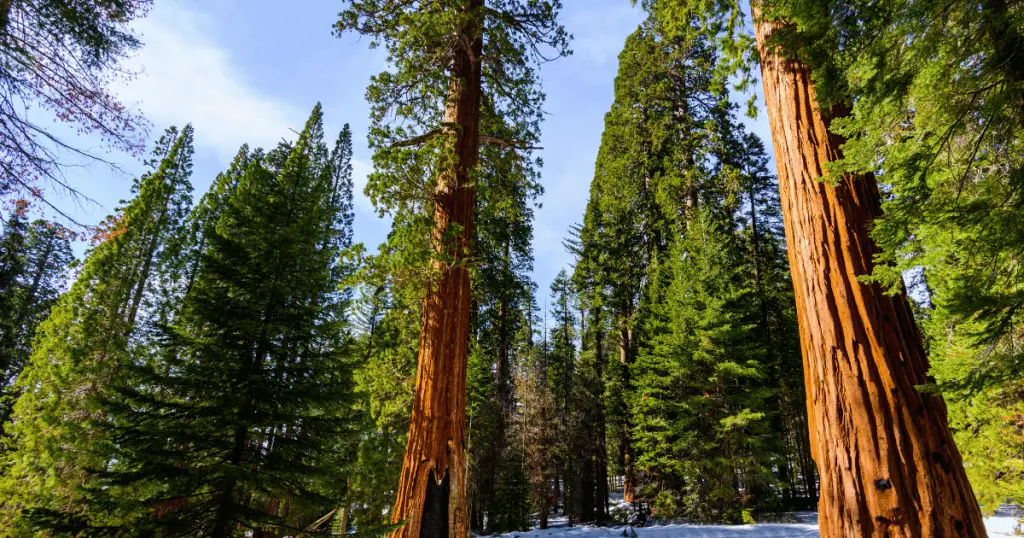
The Battle of Giants: Sequoia and Redwood – A Comparative Study
On a scientific and genetic level, both Sequoia and Redwood trees belong to the Cupressaceae family, consisting of coniferous trees. They share the same order, Pinales, and class, Pinopsida, demonstrating their close genetic relationship. However, they diverge at the family level, with Sequoias belonging to the Sequoiadendron genus and Redwoods to the Sequoia genus.
Their biological differences extend to their reproductive strategies as well. Redwoods are renowned for their ability to reproduce through stump sprouts, creating ‘fairy rings’ of new trees around the base of the parent tree. Sequoias, in contrast, reproduce primarily through seeds, necessitating periodic wildfires to clear competing vegetation and encourage germination.
In terms of ecological roles, both trees play critical roles in their respective ecosystems. Redwoods, with their towering height, provide nesting sites for marbled murrelets and other bird species, while their thick bark provides protection for many types of insects and small mammals. Sequoias, with their expansive girth, host a variety of life in their bark crevices, from beetles to chipmunks. Moreover, both trees serve as carbon sinks, capturing significant amounts of carbon dioxide and playing a vital role in mitigating climate change.

The Life Cycle of Giants: Sequoias vs. Redwoods
When you consider the life cycles of the Sequoia and Redwood trees, their longevity is truly awe-inspiring. Sequoias can live for over 3,000 years, while Redwoods often exceed 2,000 years of age. Both species have an extended juvenile phase, growing rapidly for several hundred years before reaching maturity.
Let’s start with Sequoias. After a fire clears a patch of ground, Sequoia cones release their seeds, capitalizing on the nutrient-rich ash bed and abundant sunlight. The seedlings grow rapidly, with young trees capable of adding 1–2 feet of height each year. As they mature, their growth slows, but they continue to expand in girth. The life cycle of a Sequoia is punctuated by periodic wildfires, which not only trigger the release of seeds but also clear out competing vegetation.
Redwoods have a slightly different life cycle. They reproduce primarily through sprouting from the base of a parent tree, creating a ring of clones. These “fairy rings” share a root system and can quickly grow to monumental heights. Young Redwoods also grow at an impressive rate, with some reaching 100 feet in just 20 years. As they age, their growth slows, but they continue to gain height until they reach maturity.
Champion Trees: The Tallest Sequoias and Redwoods on Record
Within the ranks of these sylvan giants, the Sequoias and Redwoods, certain individuals stand out, their colossal size far surpassing their peers. These “champion trees” not only inspire awe but also bear testament to the endurance and resilience of nature.
Among Sequoias, the General Sherman tree is the most celebrated. Located in Sequoia National Park, it’s not the tallest, standing at 275 feet, but it’s the largest tree by volume on earth, with an estimated 52,508 cubic feet of wood. Named after the Civil War General William Tecumseh Sherman, it’s believed to be around 2,200 years old, a silent sentinel bearing witness to centuries of history.
In the realm of the Redwoods, the Hyperion tree takes the crown. Discovered in 2006 within Redwood National Park, Hyperion stands at a towering 379.7 feet – taller than the Statue of Liberty. The exact location of this giant remains a closely guarded secret to protect it from potential damage.
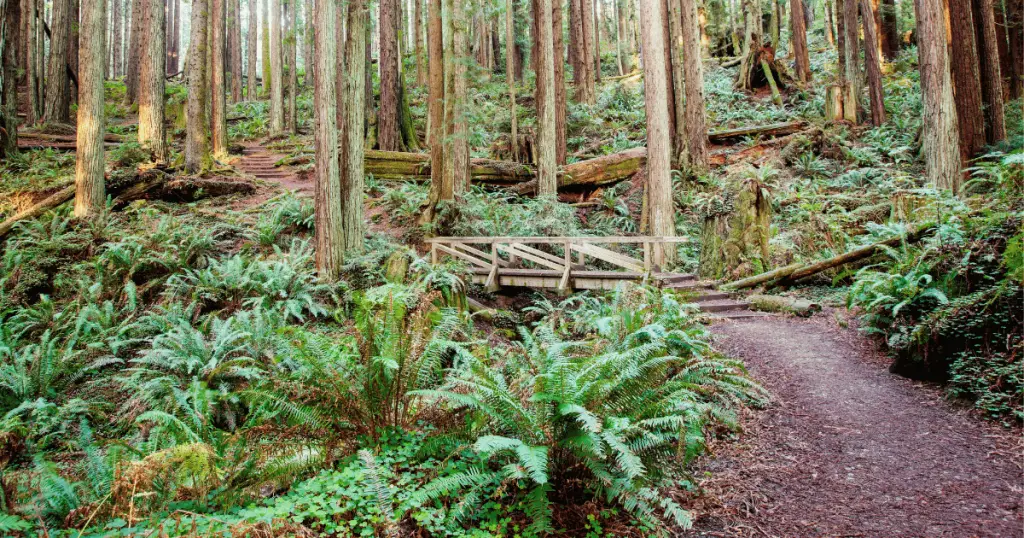
Growing Giants: Tips for Cultivating Sequoias and Redwoods at Home
If you’re a gardening enthusiast with a penchant for the majestic, growing your own Sequoias or Redwoods at home can be an incredibly rewarding endeavor. However, these giants of the forest require specific care and conditions to thrive.
Firstly, keep in mind the size and potential of these trees – they are not suited for small gardens or pots. They need ample space to grow, both above and below ground. If your space allows, and you’re prepared for a long-term gardening project, here are some key pointers.
Soil and Climate Considerations
Both Sequoias and Redwoods prefer a slightly acidic to neutral pH soil. They thrive in deep, well-drained soils rich in organic matter. Keep the soil consistently moist but avoid waterlogging, as this can lead to root rot.
For Redwoods, if you live in a climate that mirrors their natural coastal habitat – cool, foggy, with high humidity – your trees will likely do well. If not, ensure you can provide adequate moisture and protection from hot, drying winds.
Sequoias, on the other hand, favor a more montane environment. They can tolerate a wider temperature range, including hotter summers and colder winters, compared to Redwoods.
Care Practices
When your tree is young, mulching around the base can help retain soil moisture and suppress weeds. Be sure not to mound the mulch against the trunk, as this can cause decay.
For both species, regular watering is crucial, especially in the absence of sufficient rainfall. Aim for deep watering rather than frequent shallow ones, to encourage the development of a deep root system.
While Sequoias and Redwoods are generally low-maintenance and don’t require regular pruning, you may need to remove dead or diseased branches to maintain the tree’s health.
Remember, patience is key. While these trees grow relatively quickly, they won’t reach their full height for many years. But the wait is certainly worth it, as you’ll have your very own giant right in your backyard.
Final Thoughts
Both Sequoias and Redwoods are unquestionably magnificent, each standing as testament to the grandeur and resilience of the natural world. While they share certain common traits, such as impressive longevity and the ability to grow to staggering heights, each tree is unique in its ecological roles, life cycle, and cultivation requirements. Whether it’s the Sequoia with its girth and adaptability to montane climates, or the Redwood with its astounding height and preference for coastal environments, these giants remind us of our responsibility to protect and cherish our natural ecosystems.

